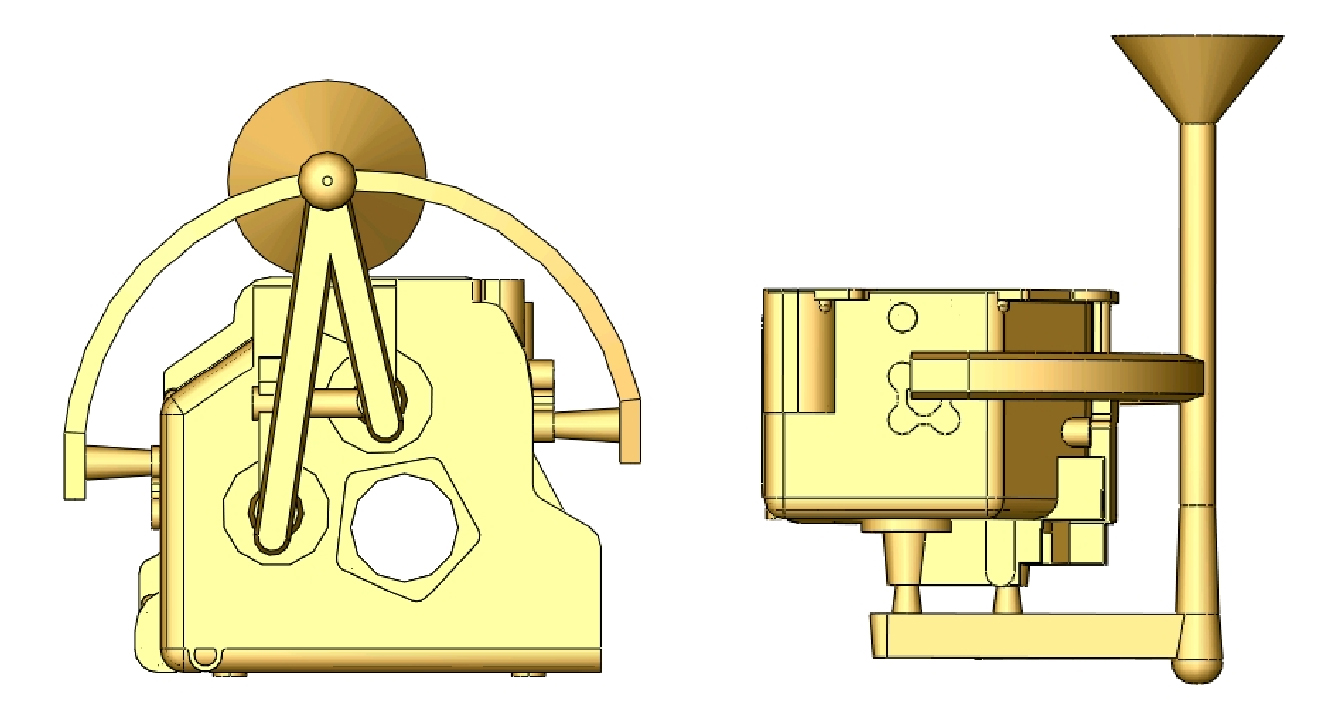1. Optimization of gating system size
Compared with the original process, in addition to the change of gate position, the biggest difference between the casting process gating system and the original process is the size of the sprue. According to the above knowledge, the design of the stepped gating system of the casting process scheme can improve the reduction of shrinkage porosity and shrinkage cavity. Therefore, the further improvement of the new casting process needs to change the size of the gating system. The size of each sprue in the gating system of the original casting process is larger than that of the square gating system of the casting process.
Due to the large size of sprue, it is conducive to mold filling and shrinkage. In order to better improve on the basis of the original casting process, the size of each sprue of the optimized gating system will be the same as that of the original casting process, but in order to better reduce the maximum shrinkage rate, the size and thickness of the transverse sprue at the bottom should be increased to 60mm. The optimized gating system is shown in Figure 1.
2. Analysis of simulation results after optimization
The analysis of the simulation results after optimization is shown in the figure. It can be seen from Figure 2 that the maximum shrinkage rate after optimization is 0.713, which is reduced by 16% compared with scheme I and 17% compared with the original casting process; The total amount of shrinkage porosity and shrinkage cavity is 91.7074cc, which is 1111 less than scheme I and 30.6% less than the original casting process, indicating that changing the size of the gating system is conducive to reducing the occurrence of shrinkage porosity and shrinkage cavity defects, and the design of the gating system of the scheme is more reasonable.


